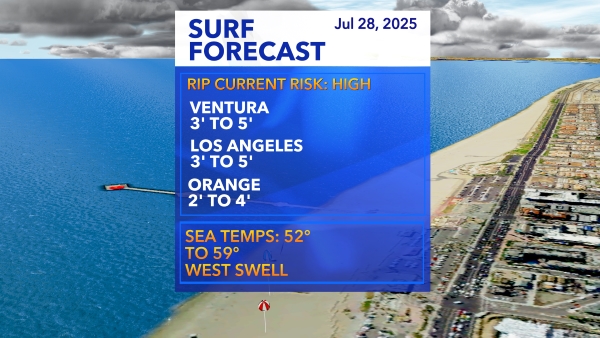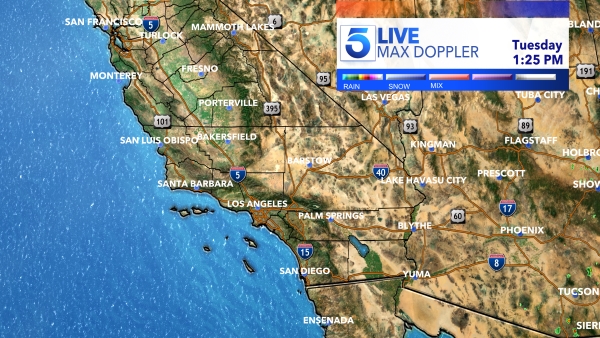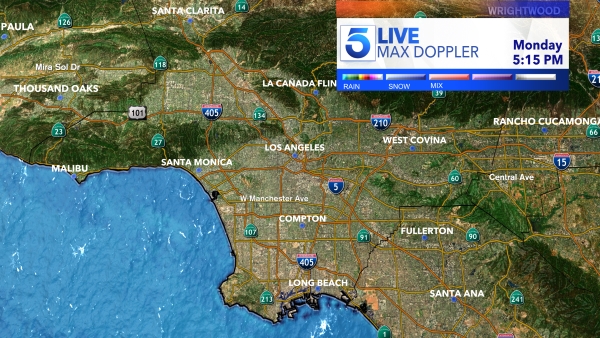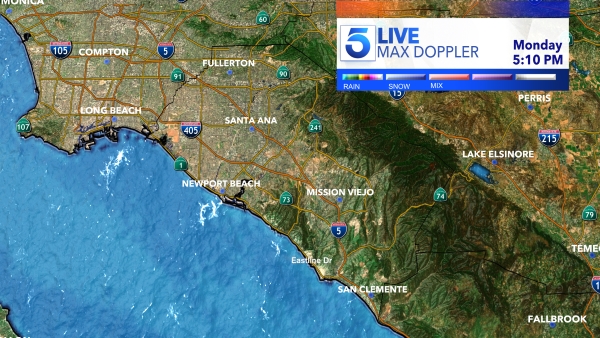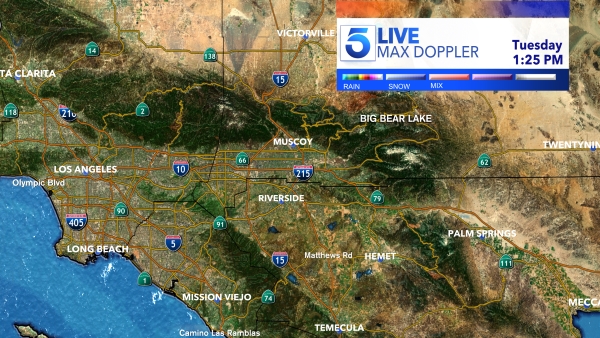An annual “Beach Report Card” released Wednesday concludes historic winter precipitation in California is resulting in high rates of runoff and dirtier water along the coast.
Heal The Bay said just two beaches statewide made its 2022-2023 Honor Roll — Bean Hollow State Beach in San Mateo County, just south of San Francisco, and Point Loma in San Diego County.
In the last survey, 51 beaches made the Honor Roll. The environmental nonprofit surveys more than 500 beaches and assigns letter grades, A-plus through F.
The exceedingly wet winter brought multiple rain-triggered sewage spills and flushed pollutants, including bacteria, through storm drains into the ocean, the report said.
“This year, record precipitation produced major impacts on water quality across Coastal California,” said Tracy Quinn, CEO of Heal the Bay. “Now more than ever, we must prioritize multi-benefit projects to manage stormwater as both a water quality and supply solution, all while ensuring that the public is kept informed of risks to public health.”
Still, the group said that out of all the state’s beaches, 95% received an A or B grade for water quality from April to October 2022, during the months when most people head to the coast.
The worst strands make a “Beach Bummer” list for chronic pollution that could sicken swimmers and surfers. Heal The Bay said four of the state’s 10 dirtiest beaches are in San Mateo County — Linda Mar, Marlin Park, Erckenbrack Park and Pillar Point.
At the top of the list of most polluted beaches, it was a tie: Playa Blanca near Tijuana, on the border with San Diego County, and the strand around the Santa Monica Pier.

